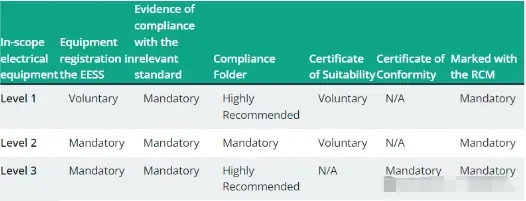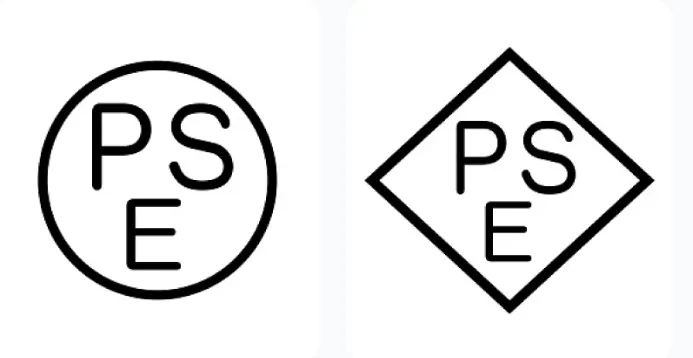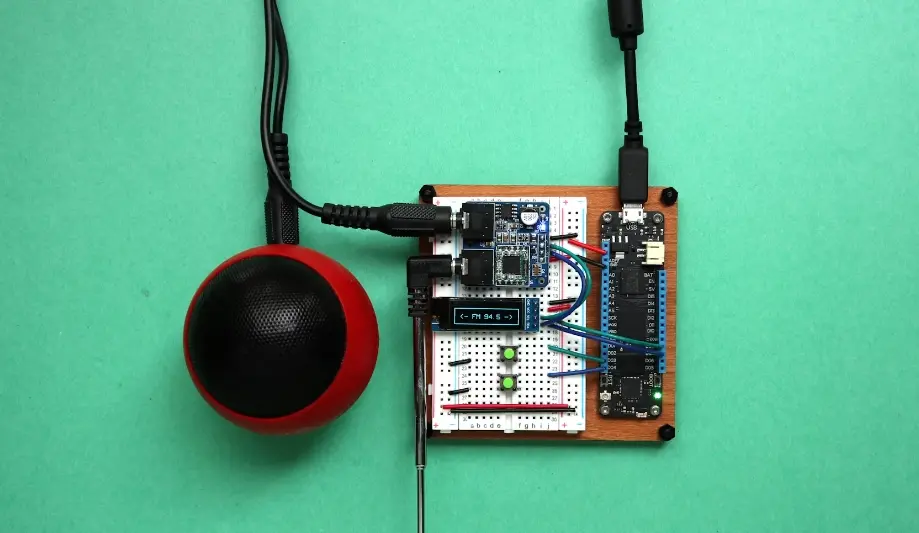
Australia & New Zealand RCM Registration
Introduction to the rcm mark:
The RegULatory Compliance Mark (RCM) is a trademark owned by the Australian electrical regulatory authorities (Regulatory Authorities, RA) and the Australian Communications and Media Authority (ACMA).

Applicable Electronic and Electrical Products for RCM Registration Include:
1. Household appliances (e.g., washing machines, refrigerators)
2. Electronic devices (e.g., computers, phones)
3. Electrical lighting (e.g., lamps, light bulbs)
4. Power tools (e.g., drills, lawnmowers)
5. Telecommunications equipment (e.g., routers, televisions)
6. Medical devices (e.g., ECG machines, X-ray machines)
7. Laboratory equipment (e.g., spectrometers, meters)
8. Electrical accessories (e.g., power outlets, extension cords)
9. Industrial equipment (e.g., production machinery, robots)
10. Renewable energy products (e.g., photovoltaic panels, EV chargers)
Australia’s Electrical Equipment Risk Classification
Based on the risk level that electrical equipment poses to people and property (as defined in relevant standards), electrical equipment is categorized into:
Level 1 (Low risk)– Requires emc report
Level 2 (Medium risk)– Requires EMC report and safety report
Level 3 (High risk)– Requires EMC report, saa certification, and EESS registration

The specific category of a company’s product must be evaluated by a laboratory to determine its classification and applicable testing standards.
Key Points to Note for RCM Registration:
1. All suppliers responsible for selling in-scope electrical equipment must be a legal entity in Australia or New Zealand (including foreign companies with commercial registration in Australia or New Zealand) and must be registeRED as a Responsible Supplier in the national database.
2. All certificates used as evidence of compliance must have appropriate details recorded in the national database.
3. All in-scope electrical equipment must bear the Regulatory Compliance Mark (RCM).
4. Responsible suppliers must declare that all in-scope electrical equipment they supply is electrically safe.
5. Failure of a Responsible Supplier to fulfill obligations under the EESS may result in severe penalties and possible deregistration.
Australia RCM Registration Process:
1. Product category evaluation by JJR Laboratory in China
2. Sample submission for testing
3. Testing and certification according to the applicable category requirements
4. Laboratory provides test results
5. Rectification (if necessary) until tests are passed
6. Submission of original reports and certificates for RCM application and registration
7. Successful registration and issuance of RCM documentation
Email:hello@jjrlab.com
Write your message here and send it to us
 New METI Registration Regulations in Japan
New METI Registration Regulations in Japan
 Attention for Amazon Japan Sellers: New PSE Regula
Attention for Amazon Japan Sellers: New PSE Regula
 Compliance with Japanese Representative & METI
Compliance with Japanese Representative & METI
 ZigBee-LoRa-Z-Wave Product compliance testing
ZigBee-LoRa-Z-Wave Product compliance testing
 Compliance Testing for FM/AM/DAB/DMB Broadcast Rec
Compliance Testing for FM/AM/DAB/DMB Broadcast Rec
 NFC/RFID Product Compliance Testing
NFC/RFID Product Compliance Testing
 IEC 62368 Safety Standards Test Items and Requirem
IEC 62368 Safety Standards Test Items and Requirem
 How to Obtain EU EN 62368 Compliance Certification
How to Obtain EU EN 62368 Compliance Certification
Leave us a message
24-hour online customer service at any time to respond, so that you worry!




